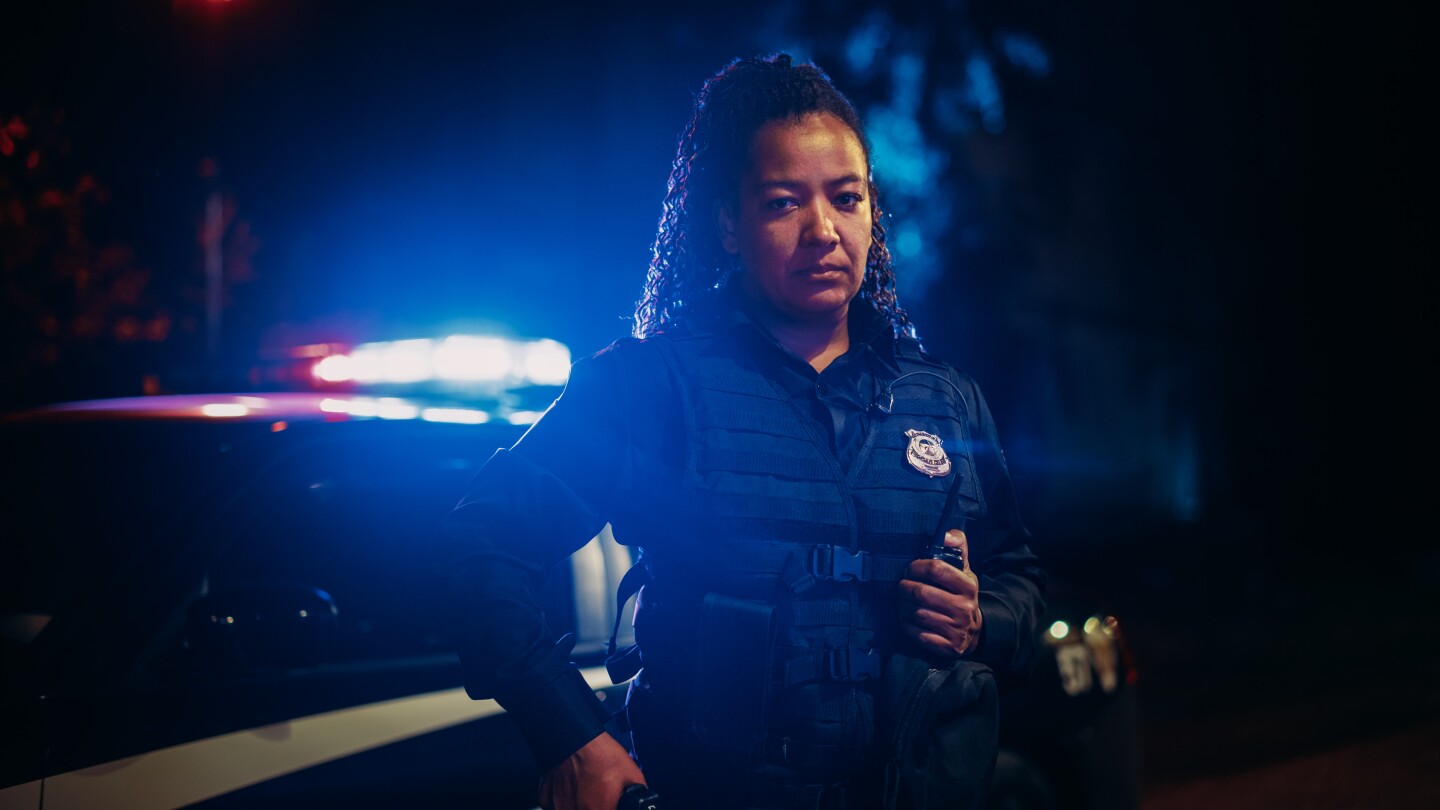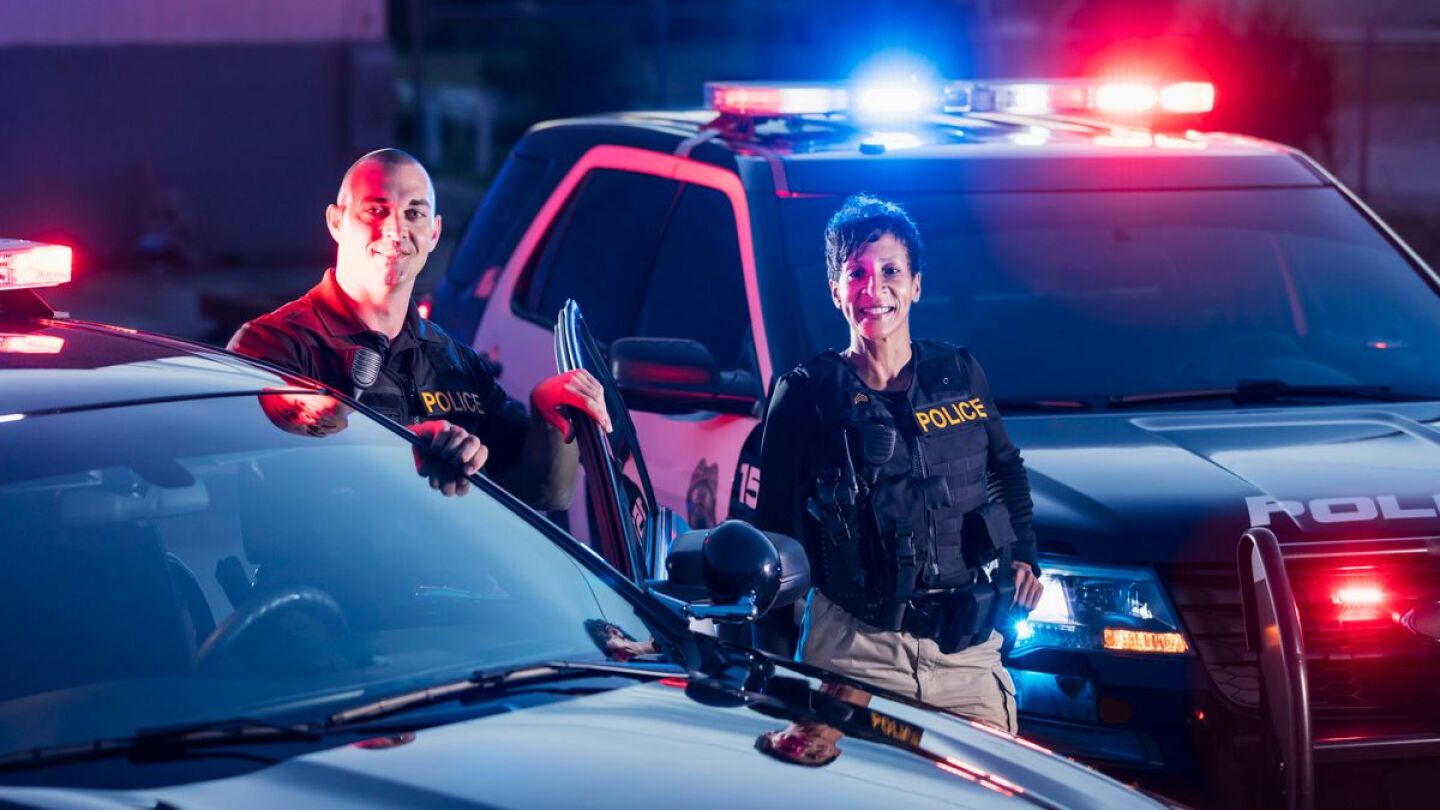The National Policing Institute team is excited to introduce InFocus, a series where we address various issues facing policing. Each month, we will dive into a specific topic, sharing insights from the field as well as research findings and resources that may benefit you, your agency, or your neighborhood. Our spotlight this month is on officer and staff wellness.
The big picture: Women make up approximately half of the US population but only about 12% of police officers.
The data comes as no surprise because researchers have been talking about women in policing for decades. Travel back to December 1974, when our organization (the then-Police Foundation) released a nearly 100-page manual to guide agencies on how to recruit and train women. That was nearly 50 years ago, yet it’s clear that the profession — and our communities — continue to struggle with the issue.
According to the data, in 1974, there were close to 1,000 women police officers in the US. Fast forward to today, and there are an estimated 96,000. Still, the statistics leave us wondering: it’s 2024, so why don’t we see more women in uniform?
Research suggests that women receive fewer complaints, draw their firearms less and are less likely to use excessive force. They are perceived by their communities to be more honest and compassionate, and we frequently see better outcomes for crime victims, especially sex crime victims, when female officers work their cases.
We know women can bring unique qualities and life experiences to this work. So, how do we get more women to understand how well-suited they are for policing?
Learn about how the 30x30 Initiative aims to increase the representation of women in police recruit classes to 30 percent by 2030:
What science says: More women in police agencies tend to result in better public safety outcomes.
Research also tells us that gender diversity leads to increased emphasis on care and well-being. A study of more than 50 jurisdictions showed that the difference in attentiveness, responsiveness, compassion and help offered by women officers resulted in heightened community satisfaction and feelings of police legitimacy. The evidence placed a particular emphasis on these qualities and their role in marginalized communities.
Recruiting more women to an agency contributes to having a workforce that better reflects the community it serves. That practice has advantages, including enhancing legitimacy, performance, and trust.
Bringing Women to Mesa: How an Arizona agency uses strategy and culture to influence recruitment.
The Mesa Police Department began rethinking its approach to recruitment in 2020 and has since broken barriers to offering women fulfilling and meaningful careers. Check out their recipe for recruitment.
Through a Woman’s Lens: Assistant Sheriff Sasha Larkin predicts the future of women in policing.
At Las Vegas Metropolitan Police Department, Assistant Sheriff Larkin leads the Operations Division and, at home, leads her family of five. It isn’t always easy, but she attributes her success to setting boundaries, establishing expectations, and having healthy outlets. Listen to her reflection on her career and what she hopes for the future of women in policing. Listen to her reflection on her career and what she hopes for the future of women in policing.
Join the movement: If these agencies can do it, yours can, too.
Hundreds of agencies have signed on to the 30×30 Initiative and taken a pledge to help recruit 30% women to academy classes by 2030. With a coalition of police leaders, researchers, and professional organizations at the helm, 30×30 offers education, resources, and technical assistance that guide agencies in keeping and advancing women officers. NPI now leads the 30×30 Technical Assistance Center and is developing tools and resources to help agencies achieve their goals.
The bottom line: We don’t just “want” more women, we need more women in this profession.
The research has been conducted, and we know the issues. Now, it is up to each of us to find where we can best contribute to diversifying the future of policing. Below are resources, upcoming conferences, and research compiled to help tailor your agency’s strategy to bring more diversity to what some say is the best profession out there.
- Think big. In an op-ed coauthored by retired King County Sheriff and NPI Board member Sue Rahr, we learn how Washington State is thinking big when it comes to reducing tragic and deadly errors when tired police officers try to balance family obligations with serving their communities.
- Get recruitment ready. The COPS Office offers recommendations on how to attract and retain women in the profession. You might also consider language around job descriptions to meet your agency’s recruitment goals.
- Tune in. Justice Clearinghouse and 30×30 are partnering to host a webinar in July. Speakers will discuss lessons learned, strategies, and what’s to come. Join the 30×30 team as they outline a roadmap for women in policing.
- Encourage professional development. The National Association of Women Law Enforcement Executives (NAWLEE) supports women in law enforcement through training and peer mentorship to help women advance in their careers.
- Learn from one another. National keynote speakers, including Assistant Sheriff Sasha Larkin, will attend Michigan’s Women in Law Enforcement Conference. Not in Michigan? NAWLEE’s national conference will be in Las Vegas in April.
- Think about parents. America’s childcare crisis is paralyzing the workforce. Thankfully, there are solutions, like the San Diego Police Department’s customized childcare center, which offers discounted rates and pays the center’s employees above-average wages.
- Celebrate transformative leadership. Do you know a female police leader whose current or past work has transformed her agency or community? Consider nominating her as part of NPI’s 2024 Annual Awards Program.











